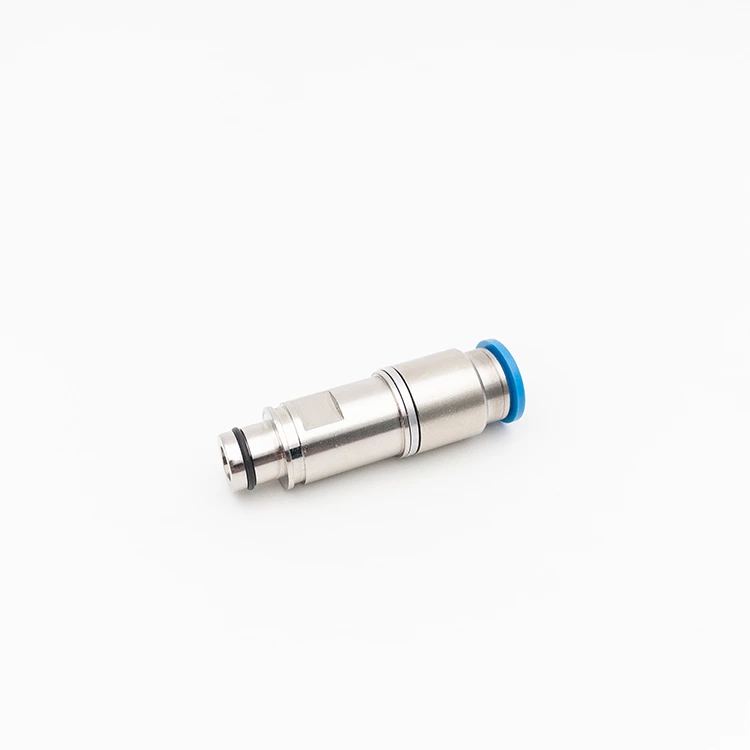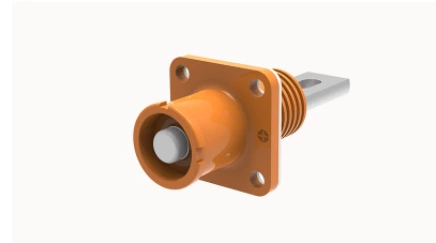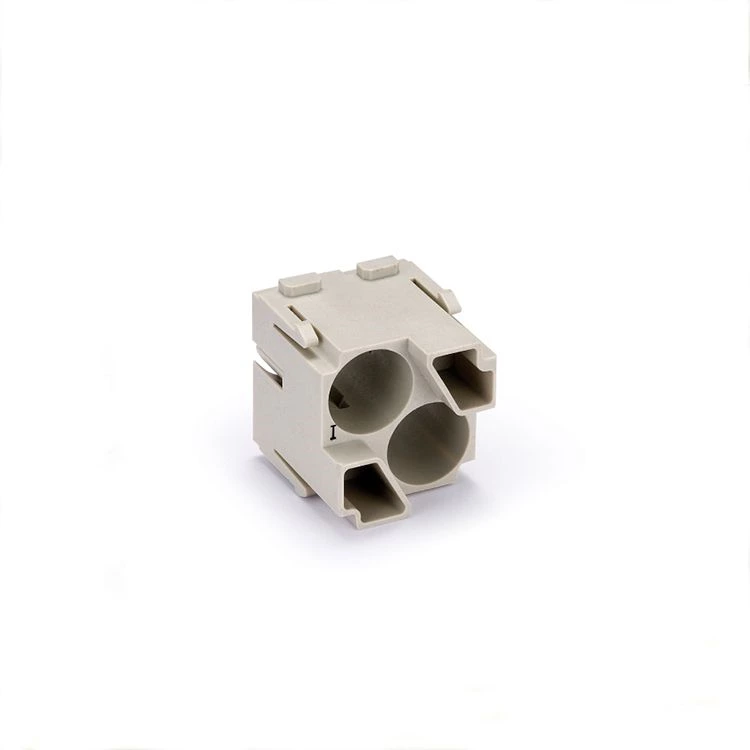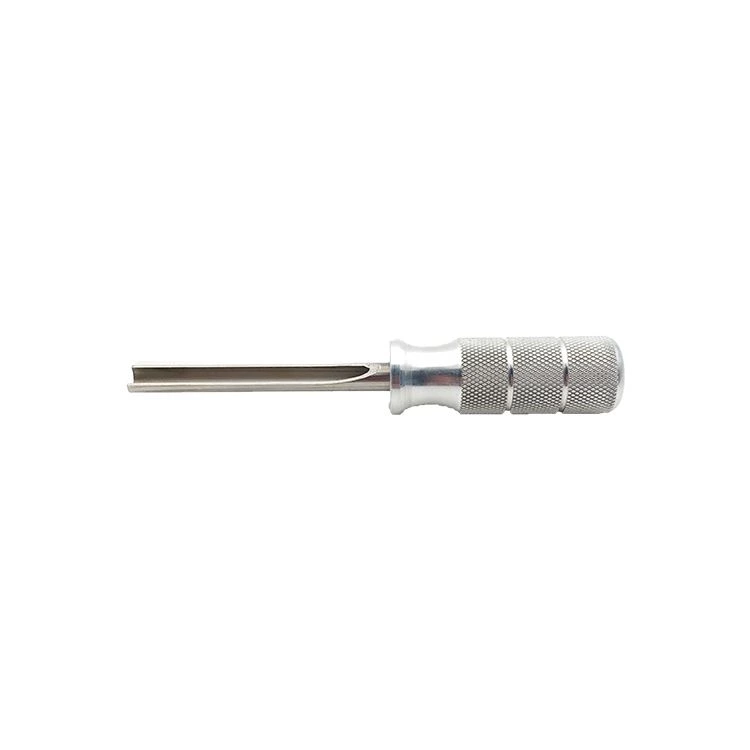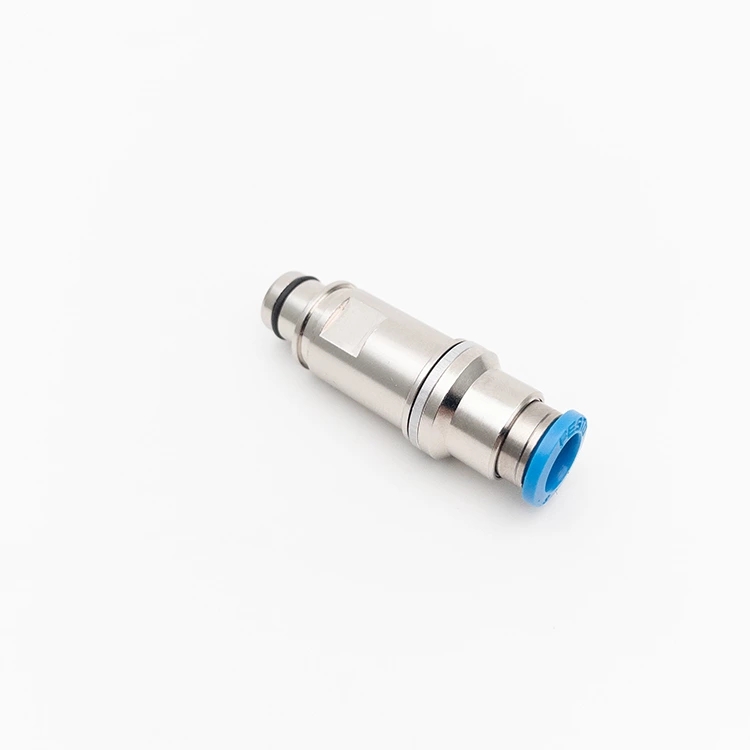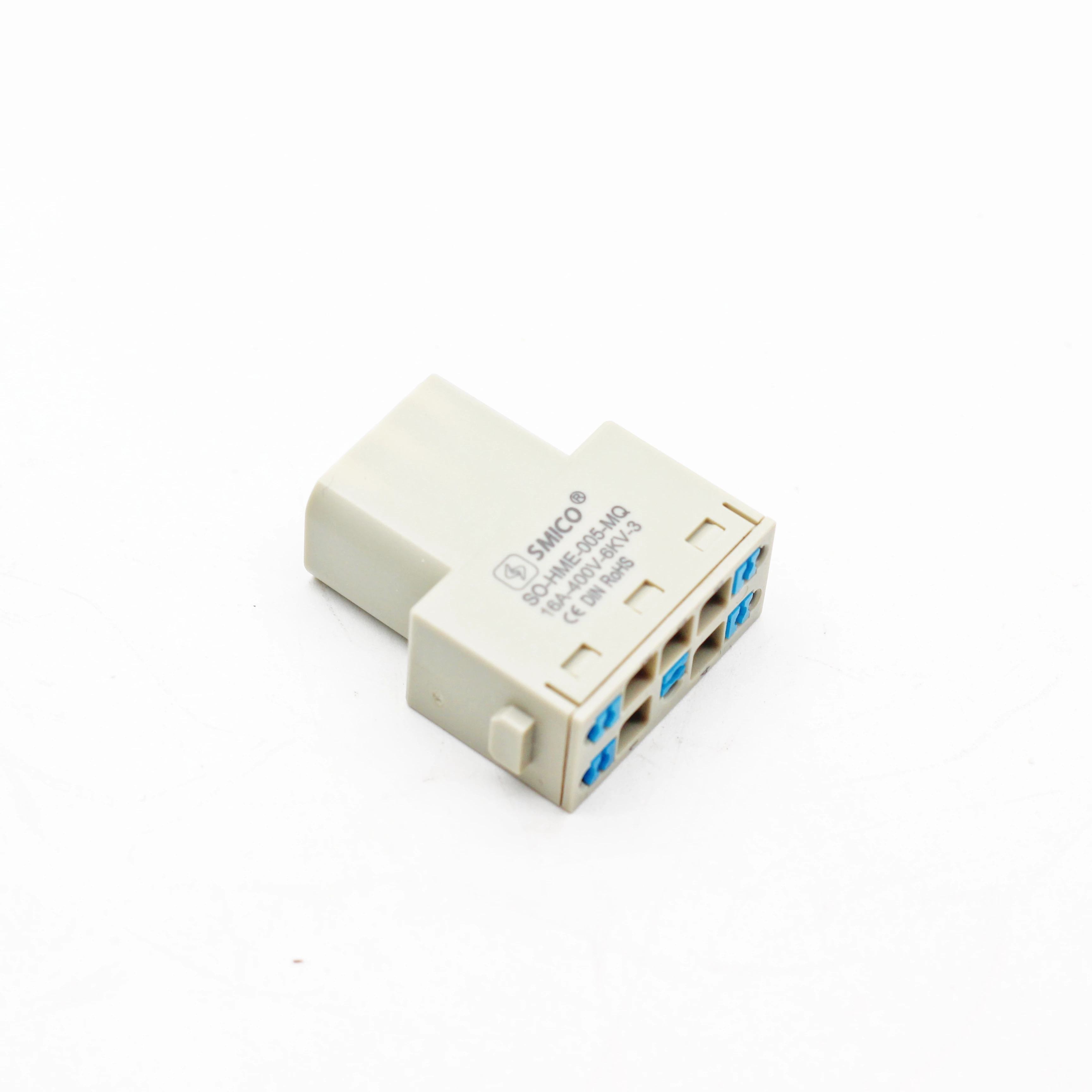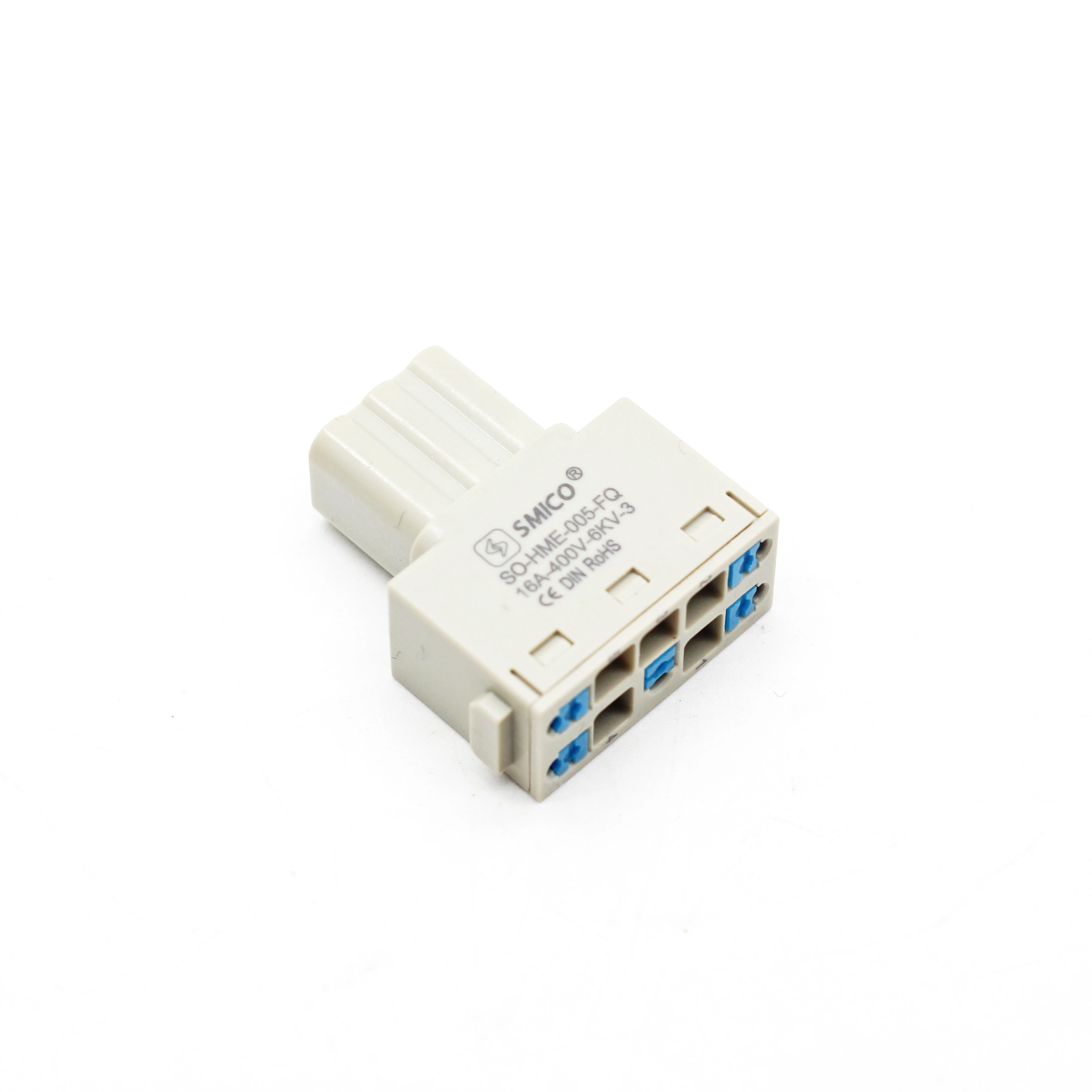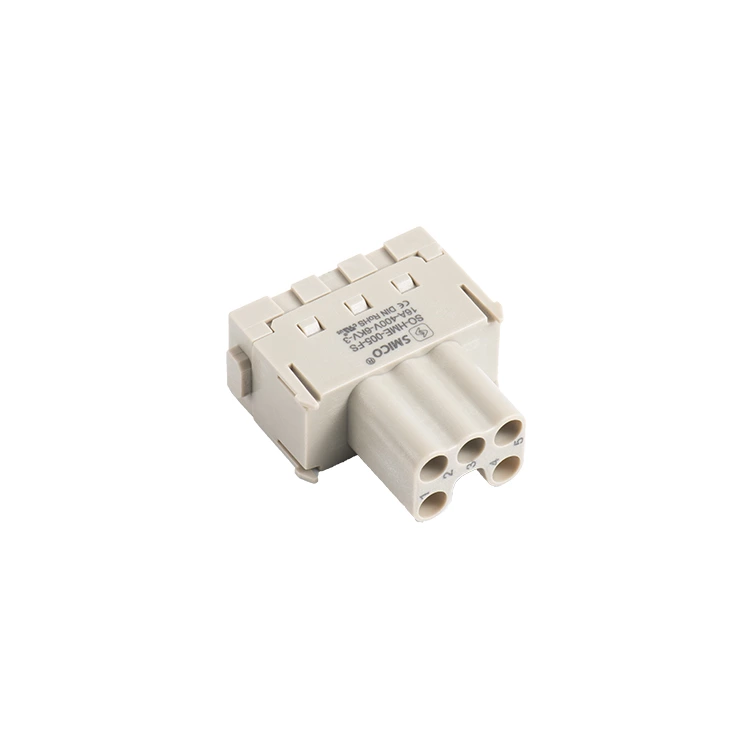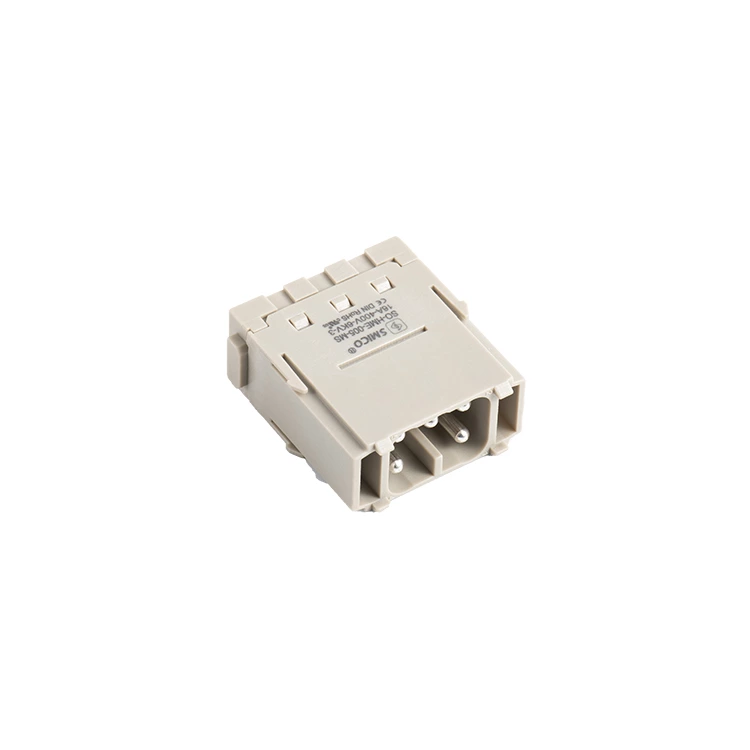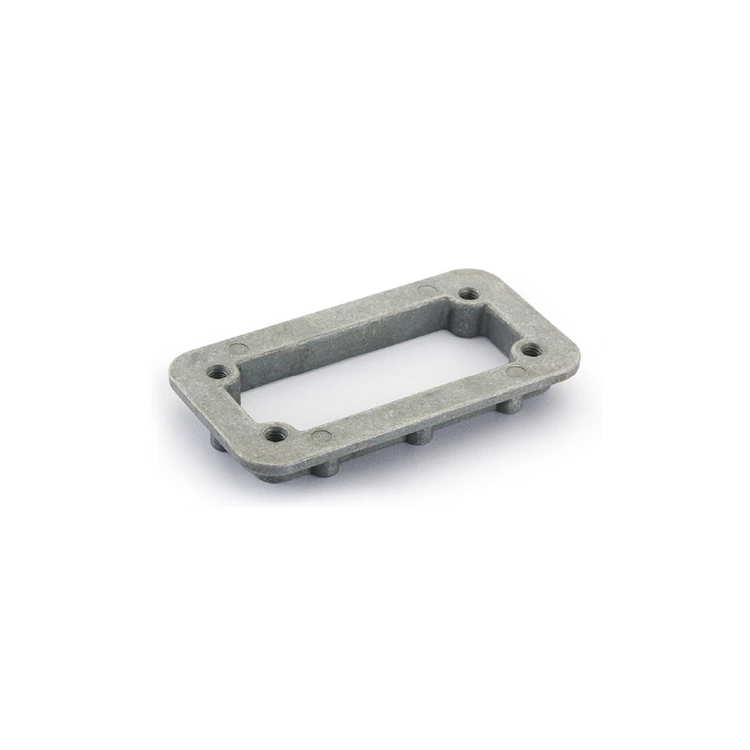Common Quality Problems And Causes Of Crimping
Burrs during cold pressing
Burrs (flying burrs) during construction refer to the phenomenon that the inner core of the wire is not fully inserted into the pin, so that part of the wire strands are exposed. Burrs (flying burrs) after cold pressing are as serious quality risks as wire strand breakage.
The main reason for burrs during crimping is that the wire core layer is scattered after the insulation layer is removed, and the pin is directly inserted without straightening the core, or part of the wire strands are exposed during the insertion process, which is not discovered during crimping, resulting in burrs after crimping.
Lateral deviation of indentation
Lateral deviation refers to the indentation that is not in the best position after cold pressing, causing the indentation to be ahead or backward.
The reasons for the lateral deviation of crimping are:
① The phenomenon of the indentation facing backward is because the crimping position is located at the end of the pin or the guide core area during cold pressing.
② The phenomenon of the indentation facing forward is because the crimping position is located in the pin observation hole area during cold pressing.
Longitudinal deviation in crimping
Longitudinal deviation in crimping is mainly manifested in: the pin is not placed in the center of the four jaws of the crimping pliers during cold pressing,
and the pin is not cold pressed by four jaws at the same time during cold pressing, but two jaws flatten the pin so that the strength and precision of the flattened pin after cold pressing are not up to standard. The probability of occurrence is higher when the pin diameter is smaller, especially for pins with a wire diameter of less than 1.5mm.
The main reason for longitudinal deviation is that the cold pressing operation is started without the pin being placed in place during cold pressing; or crimp contact the positioner is not used for operation or the positioner does not have a center positioning function.
Bending of pins after cold pressing
The bending and deformation of the pins after cold pressing causes difficulty in assembly and withdrawal of the pins, resulting in pin shrinkage.
The main reasons for the bending of the pins:
① The stripping length is not enough. The stripping length does not match the cold pressing part of the pin, and the indentation is not in the best position, just pressing on the end of the wire. The uneven pressure of the four jaws during cold pressing causes the pin to bend.
② The pin or wire is displaced during cold pressing. During the operation, the wire core shifts and does not insert into the best position of the pin, causing bending.
③ The pin and the wire do not match. The pin's jack diameter is large and the wire core diameter is small, resulting in a large gap between the wire and the pin. When cold pressing, the pin part needs to be cold pressed first and then the whole cold pressed. There is a high chance of bending after cold pressing. This situation often occurs during the assembly process of the air-conditioning connector on the roof of urban rail vehicles.
④ The quality defects of the pin itself. The thickness of the pin's jack diameter is uneven. During cold pressing, the four-claw synchronous ratchet of the clamp head is unevenly stressed, resulting in a huge contrast during the synchronous cold pressing of the four claws, causing the pin to bend and causing crimp contact pin to be damaged to varying degrees.
Wire shedding and wire breakage
Wire shedding or wire breakage may also occur when using four-claw contact socket crimp for pin or terminal crimping.
Wire shedding is mainly manifested as the wire and the pin being separated after the wire is gently pulled by hand after cold pressing. Wire breakage refers to the phenomenon that the wire core is broken after cold pressing. There are two main reasons for wire falling off and wire breaking during cold pressing:
On the one hand, the above situation occurs due to misoperation. The scale adjusted during cold pressing does not match the diameter of the wire, so that crimp contact female does not meet the cold pressing standard, resulting in wire falling off; the scale is adjusted too much during cold pressing, exceeding the cold pressing limit, resulting in wire strands after cold pressing; when performing cold pressing operations on alternating large and small wire diameters, the scale of crimp contact male is not adjusted in time, exceeding the cold pressing limit of the wire or not adjusted on the accurate scale, resulting in wire breakage or wire falling off.
On the other hand, it is because the precision of the four-claw crimp socket contact is defective, and when the scale value is adjusted to a large value, a large precision error will occur, that is, when the scale adjustment span from large-diameter pin to small-diameter pin is large, a precision error will occur during the transition.
There is a transition period for the accuracy after the scale of female crimp contact is adjusted. When the scale of male crimp contact changes, its accuracy does not immediately reach the required accuracy standard. It is a gradual, self-adjusting process.
